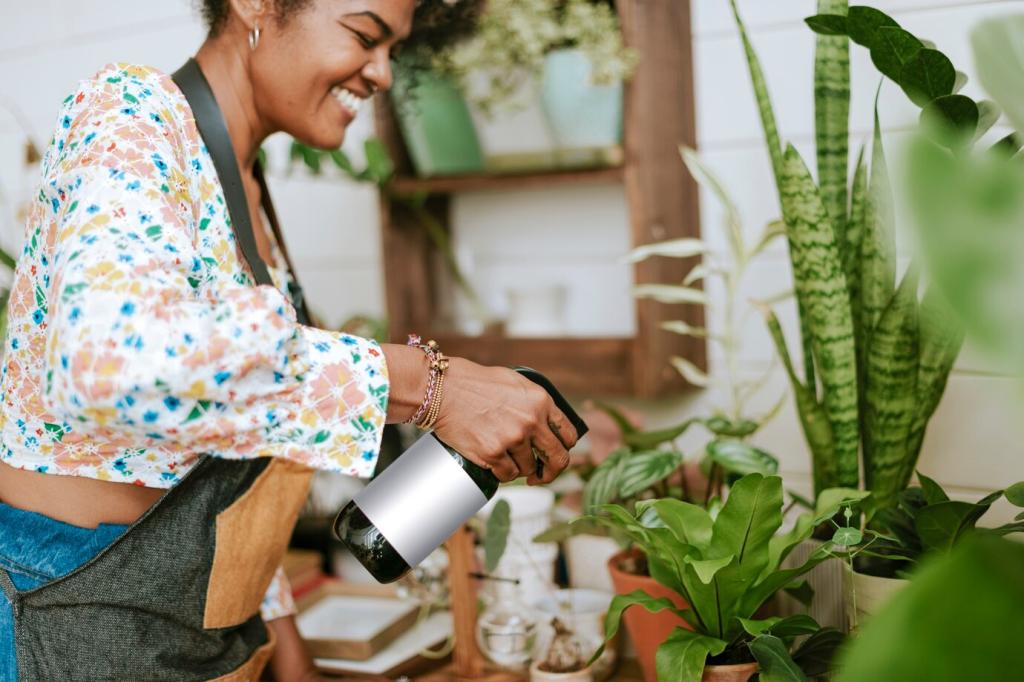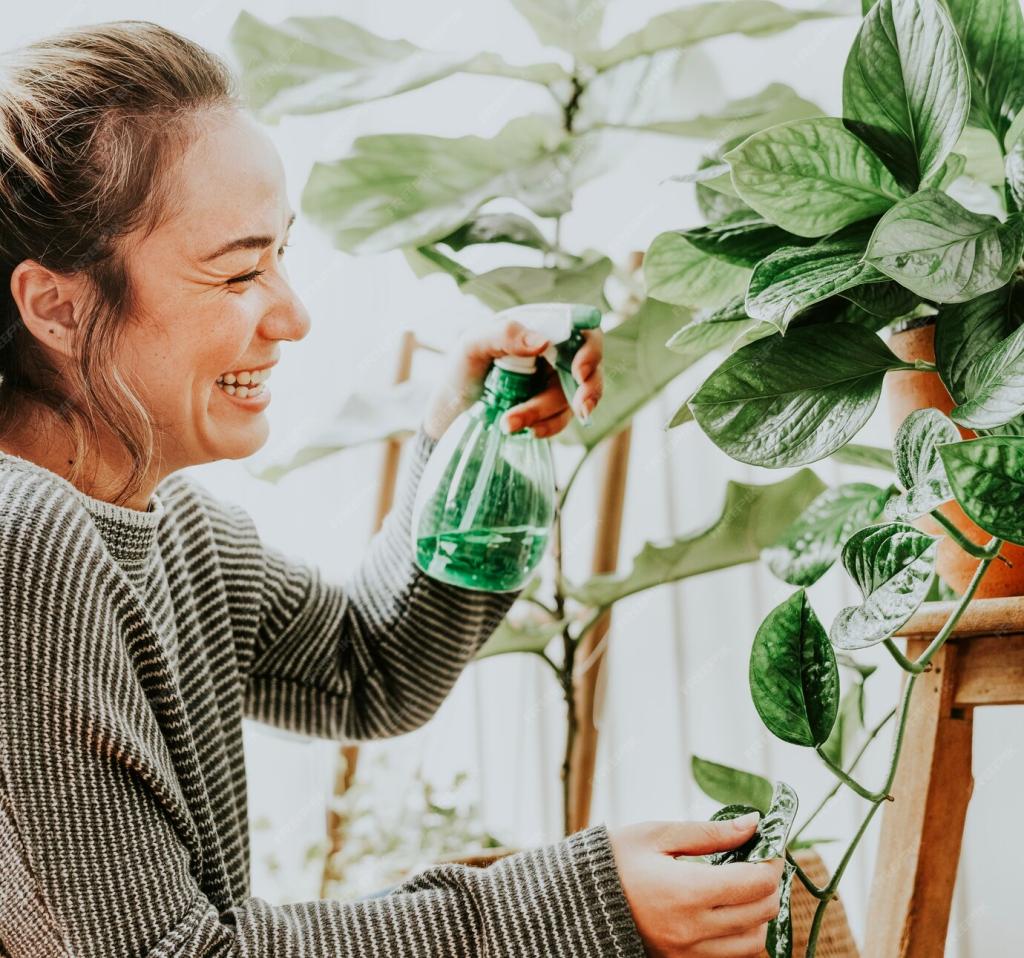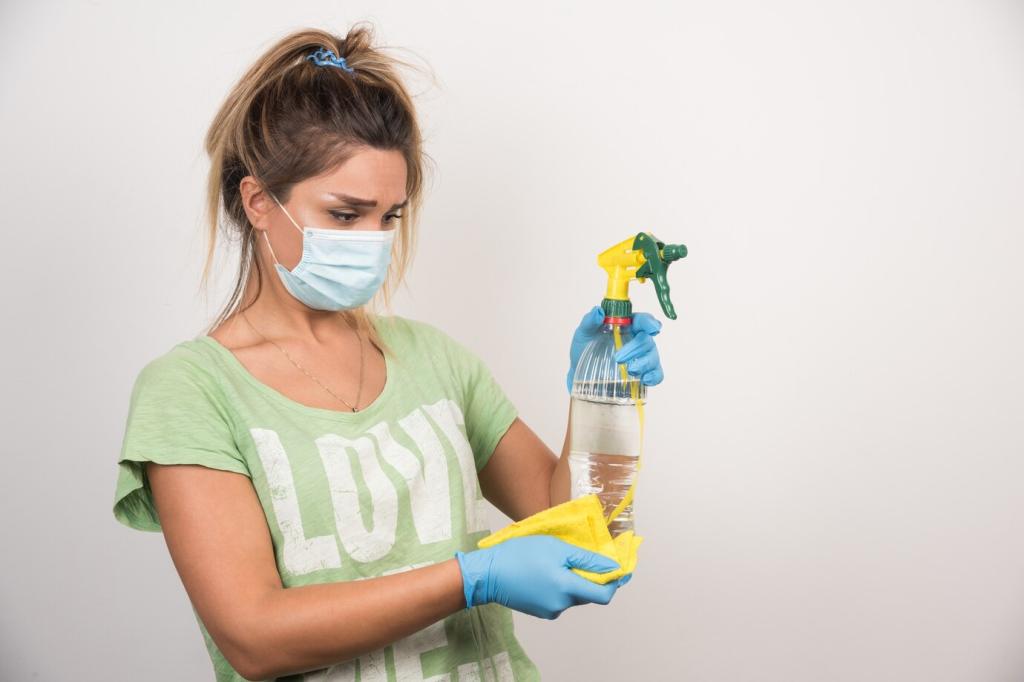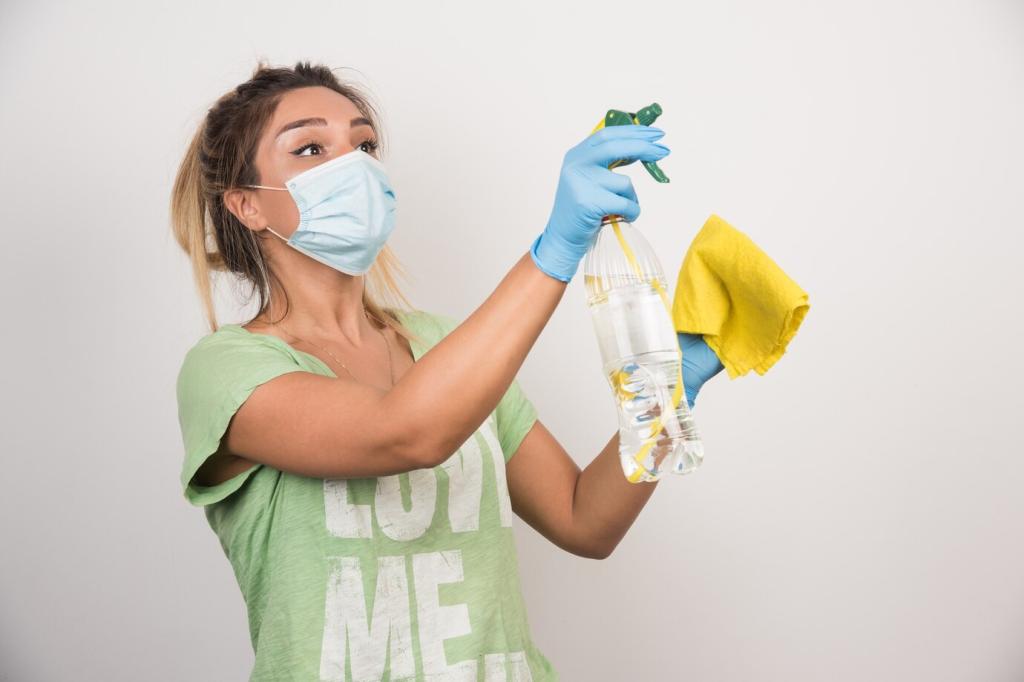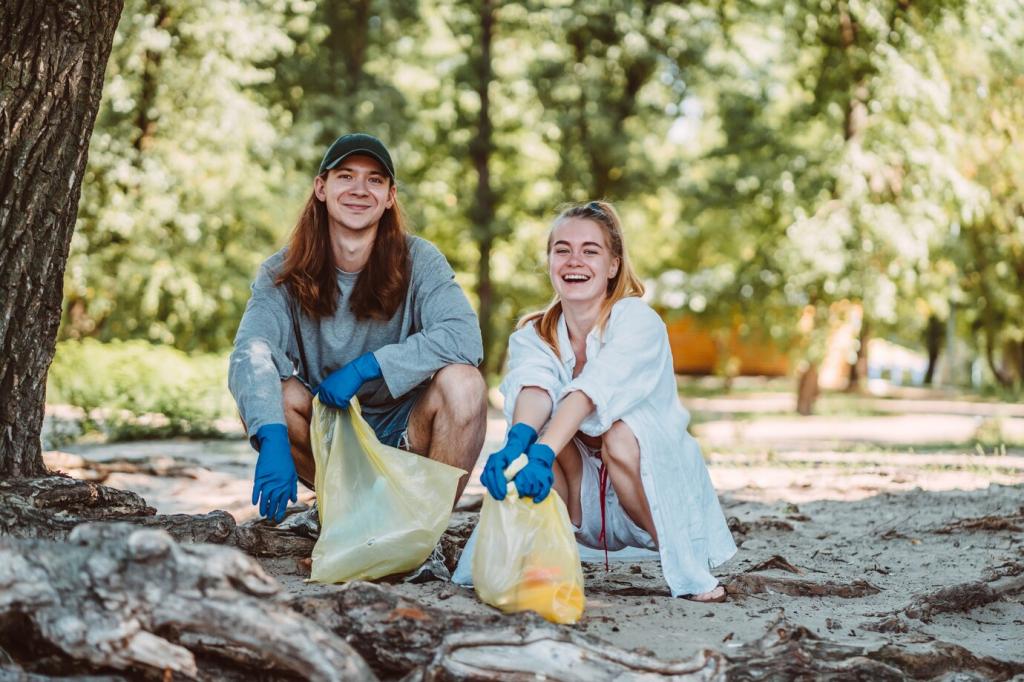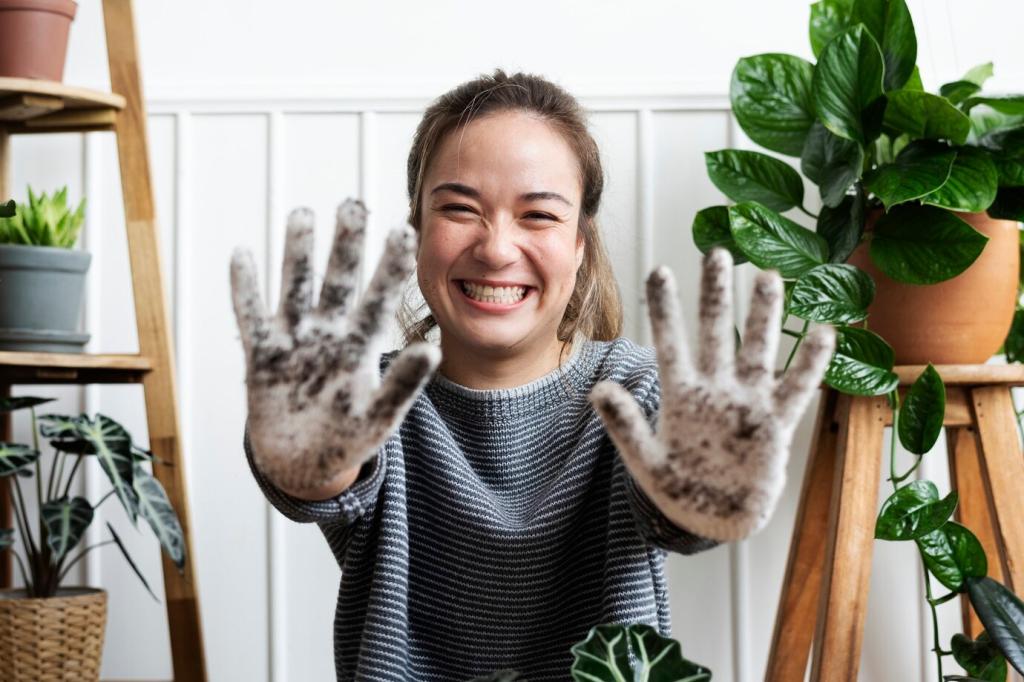Stories from a Chemical-Free Workshop
A reader faced oil drips on a vintage club chair. Two careful rounds of chalk poultice, low-moisture wiping, and a whisper of wax restored the seat without dark halos. Weeks later, the leather felt supple, smelled neutral, and the patina remained rich—no solvents, just time and gentle touch.
Stories from a Chemical-Free Workshop
A vegetable-tanned tote developed water rings after a sudden shower. The solution was feathering with a lightly misted cloth across the entire panel, controlled drying, and final buffing. The ring vanished into an even tone, proving that controlled moisture can correct moisture—when guided by chemical-free discipline.

